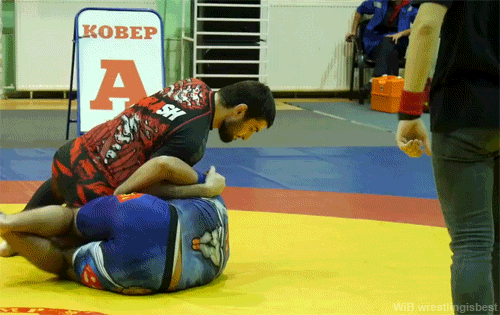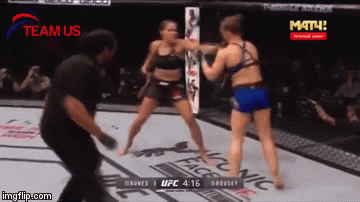
Uki goshi (浮腰): Floating half-hip throw. Tsurikomi goshi (釣込腰): Lifting and pulling hip throw. Sode tsurikomi goshi (袖釣込腰): Sleeve lifting and pulling hip throw. Koshi-waza (腰技): hip throwing techniques The Kodokan officially also refers to this technique as Sukui nage. Kuchiki taoshi (朽木倒): Single leg takedown. Kouchi gaeshi (小内返): Small inner reap reversal. Uchi mata sukashi (内股透): Inner thigh void throw. Ippon seoinage (一本背負投): Single-handed shoulder throw. Nage-waza (投げ技): throwing techniques Judo Nage-waza Te-waza (手技): hand throwing techniques They are categorized into throwing techniques ( nage-waza), grappling techniques ( katame-waza), body-striking techniques ( atemi-waza), blocks and parries ( uke-waza), receiving/breakfall techniques ( ukemi), and resuscitation techniques ( kappo). Please consider expanding the lead to provide an accessible overview of all important aspects of the article. Key: To make De Ashi Harai work, perform the foot sweep right before the foot is fully planted on the ground.This article's lead section may be too short to adequately summarize the key points. Once performed, you can do a variety of submission techniques including an arm bar. Key: To make Ko Uchi Gari work, sweep the back of the heel in the direction of the toes.ĭe Ashi Harai (Forward Foot Sweep) – This technique is beneficial in getting an opponent to the ground. Once you have your opponent on the ground, you can go directly into a knee bar or step over into a half guard. Ko Uchi Gari (Minor Inner Reaping) -This technique is beneficial in getting an opponent to the ground. After this, sweep that leg so that the opponent immediately drops to the floor. Key: To make Ouchi Gari work, pull your opponent’s weight onto one leg. Once you have your opponent on the ground, you can go directly inside the guard or step over and go into half guard. Ouchi Gari (Major Inner Reaping) – This technique is beneficial in getting an opponent to the ground. Key: To make Kosoto Gaki work, wrap your leg around your opponents leg while pulling up and pushing the opposite shoulder down. Once you have your opponent on the ground, you can go directly into half guard. Kosoto Gaki (Small Outside Hook) – This technique is beneficial in getting an opponent to the ground. 
Key: To make Kosoto Gari work, sweep the back of the heel in the direction of the toes. Once performed you can do a variety of submission techniques including a knee bar or arm bar. Kosoto Gari (Small Outside Hook) – This technique is beneficial in getting an opponent to the ground. From here, sweep your leg out and go to kesa gatame.

Key: To make Osoto Otoshi work, plant your leg between your opponent’s legs and push your opponent to the ground. From here you can go directly into kesa gatame (scarf hold). Osoto Otoshi (Larger Outer Drop) – This technique is similar to that of Osoto Gari with the exception that you stick your foot on the ground and push down the opponent with your upper body grip. From here you can go directly into an arm bar. Key: To make Osoto Gari work, pull your opponent’s weight onto one leg.

Osoto Gari (Major Outer Reaping) – This technique is beneficial in getting an opponent to the ground.

Here is a list of foot techniques that can be highly effective for any BJJ practitioner. As Judo is the parent martial art of BJJ, many things translate quite effectively into great positions.ĭue to the rule set in competition Judo, some techniques which might be a win in Judo place the BJJ practitioner in a bad position within the BJJ rule set – e.g., drop seoi nage, which exposes the attacker’s back to the opponent. Of course many Judo techniques are useful for BJJ.








 0 kommentar(er)
0 kommentar(er)
